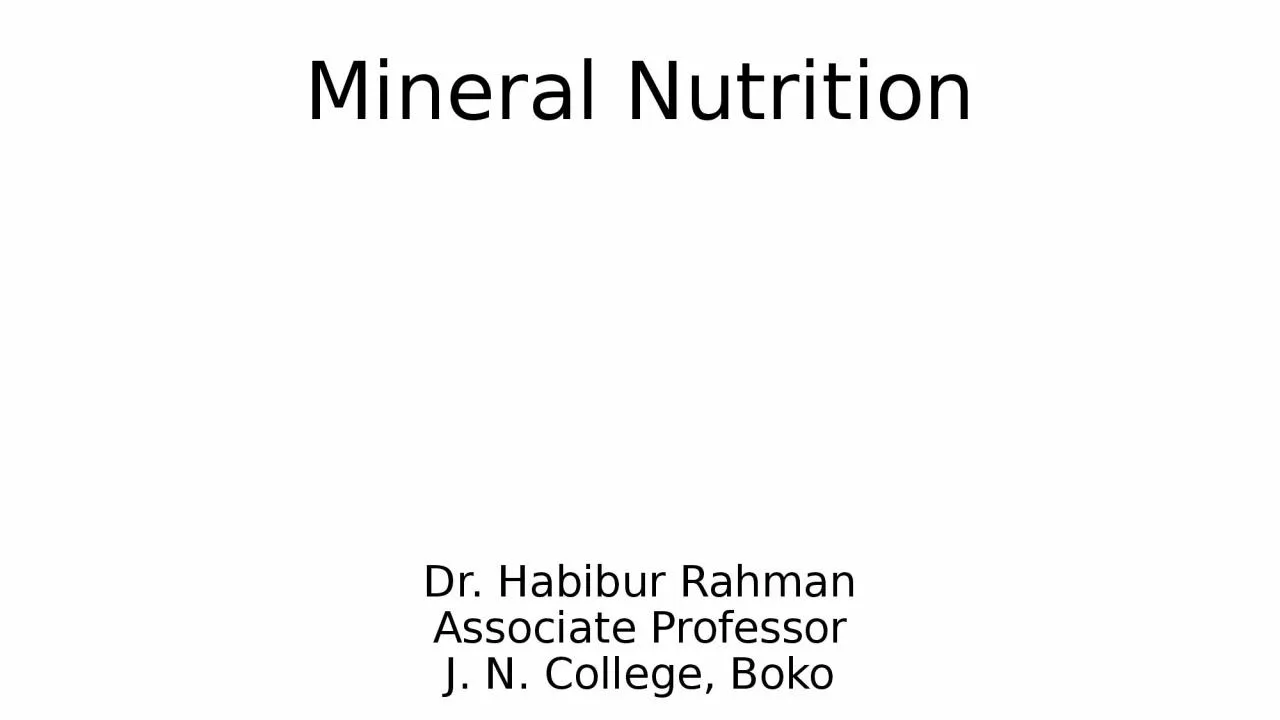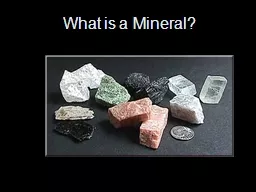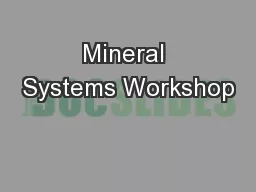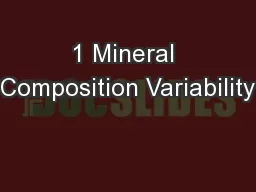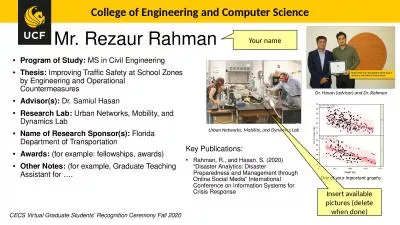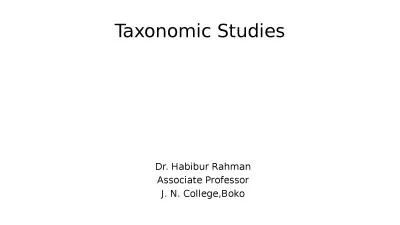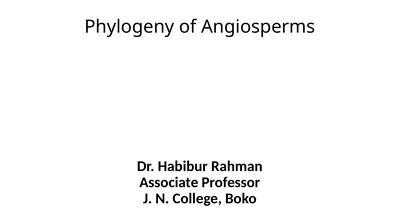PPT-Mineral Nutrition Dr. Habibur Rahman
Author : jaena | Published Date : 2022-06-15
Associate Professor J N College Boko WHAT IS PLANT NUTRITION We know that all living organisms require food to survive grow and reproduce so every organism takes
Presentation Embed Code
Download Presentation
Download Presentation The PPT/PDF document "Mineral Nutrition Dr. Habibur Rahman" is the property of its rightful owner. Permission is granted to download and print the materials on this website for personal, non-commercial use only, and to display it on your personal computer provided you do not modify the materials and that you retain all copyright notices contained in the materials. By downloading content from our website, you accept the terms of this agreement.
Mineral Nutrition Dr. Habibur Rahman: Transcript
Download Rules Of Document
"Mineral Nutrition Dr. Habibur Rahman"The content belongs to its owner. You may download and print it for personal use, without modification, and keep all copyright notices. By downloading, you agree to these terms.
Related Documents

